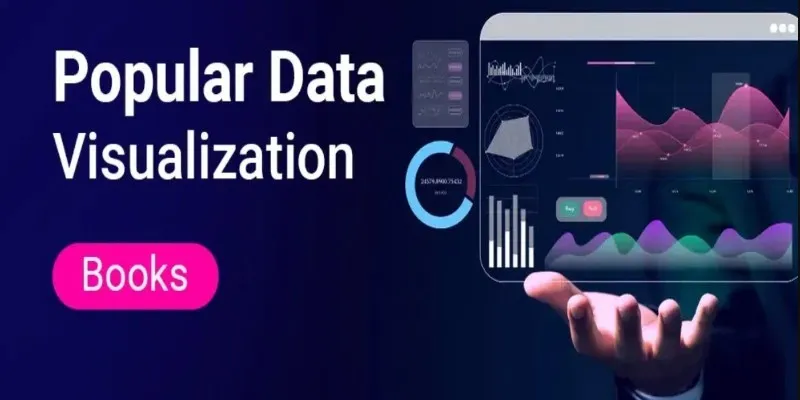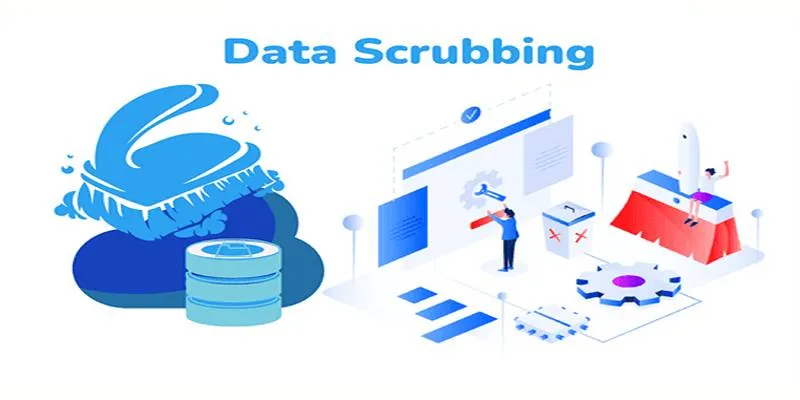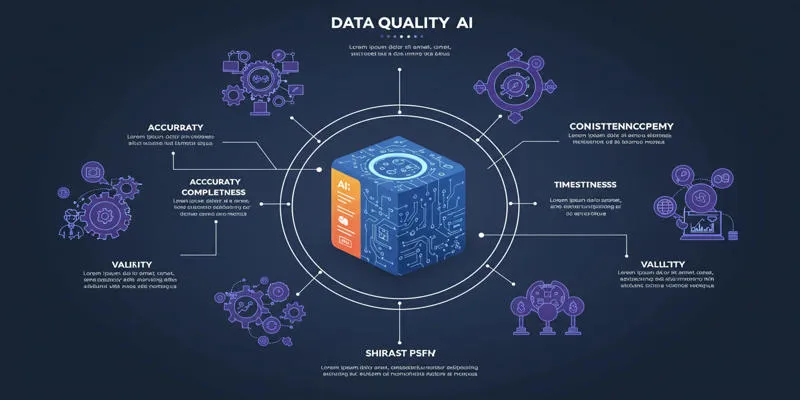In today’s fast-paced business environment, many organizations are moving beyond traditional data analysis methods. Instead of relying on local servers and fixed software solutions, they’re turning to cloud analytics for a more scalable, accessible, and efficient approach. Cloud analytics utilizes cloud-based tools and infrastructure, eliminating the need for costly, on-site systems. This enables teams to process and understand their data from anywhere with minimal setup. Understanding how cloud analytics works is crucial for businesses aiming to transform raw information into actionable insights without unnecessary complexity.
Understanding Cloud Analytics
Cloud analytics combines the power of cloud computing with data analysis. The cloud provides computing power, storage, and software via the internet, while analytics focuses on examining data to identify patterns and make predictions. Together, these elements allow businesses to handle every aspect of data management — from collection to insight presentation — without the heavy burden of in-house systems.

Traditional methods required companies to invest in expensive servers, technical staff, and complex setups for data analysis. Cloud analytics changes this dynamic by offering flexible, managed tools that scale with your needs. This reduces costs, minimizes maintenance, and allows access to live dashboards and reports from anywhere — a significant advantage for remote and multi-location operations.
The tools available vary widely. Some prioritize user-friendly dashboards for customization, while others cater to advanced needs such as real-time streaming or predictive modeling. Many tools integrate seamlessly with other cloud applications, like CRM or marketing platforms, to consolidate your data and provide clearer insights.
Key Benefits of Cloud Analytics
Flexibility is a significant advantage of cloud analytics. Organizations can start with a basic plan and expand as their needs evolve, without the need for additional hardware or system reconfiguration.
Accessibility is another key benefit. Staff and managers can access real-time data visualizations from anywhere, replacing outdated weekly or monthly reports. This enables faster decision-making with updated dashboards.
Cost efficiency is clear. Cloud analytics reduces the expenses of maintaining servers and software. Providers manage security patches, backups, and upgrades, allowing businesses to focus on data insights rather than technology management.
Security and reliability are often enhanced in the cloud. Providers incorporate redundancies and robust security measures that surpass what many individual businesses can afford. However, organizations must still comply with privacy laws and manage data responsibly.
Collaboration improves significantly. Cloud-based reports and dashboards can be easily shared with colleagues, clients, or partners. Many tools allow teams to comment directly on findings or set alerts for specific metric changes.
Challenges and Considerations
Despite its advantages, cloud analytics presents challenges. Data security is a primary concern. Although providers implement strong protections, businesses are responsible for managing their data securely. Sensitive information must be encrypted and stored according to legal and industry standards.

Data integration poses another challenge. Businesses typically have data across various platforms — sales records, website analytics, inventory databases, and more. Integrating this data into a cloud analytics system requires time and careful planning. Selecting a platform with diverse format support and connectors is helpful but demands meticulous setup.
Latency can also be an issue. While cloud analytics is generally fast, certain time-sensitive decisions — like high-frequency trading — may require local processing.
Vendor lock-in is another consideration. Investing in a specific cloud analytics platform can make switching providers complex. Businesses should align their provider choice with long-term goals.
Lastly, training and adoption require investment. Transitioning to cloud analytics involves not just technology but also skilled personnel. Companies that prioritize training and change management see better outcomes.
The Growing Importance of Cloud Analytics Today
Cloud analytics democratizes access to insights. Previously, only large companies with substantial IT budgets could afford advanced analytics tools. Now, smaller businesses, nonprofits, and individuals can utilize powerful tools affordably, leveling the playing field across industries.
The rise in data generation from social media, sensors, and online transactions necessitates efficient handling of vast amounts of information. Cloud analytics platforms are designed to store and process this data effectively.
In a world driven by rapid, evidence-based decisions, cloud analytics equips organizations with the tools to understand current trends and anticipate future developments. Its flexibility, scalability, and accessibility make it an ideal choice for businesses aiming to enhance performance and maintain competitiveness.
Conclusion
Cloud analytics marks a significant advancement in data management and interpretation. It empowers organizations to derive meaningful insights from raw data without the burden of managing extensive infrastructure. By making analytics more accessible, flexible, and collaborative, cloud analytics enables faster and smarter business decisions. Despite challenges like ensuring security and proper integration, the benefits often outweigh the drawbacks. As more companies transition to cloud-based systems, cloud analytics is becoming integral to modern business practices, helping teams adapt and thrive in an ever-evolving landscape.
 zfn9
zfn9






















